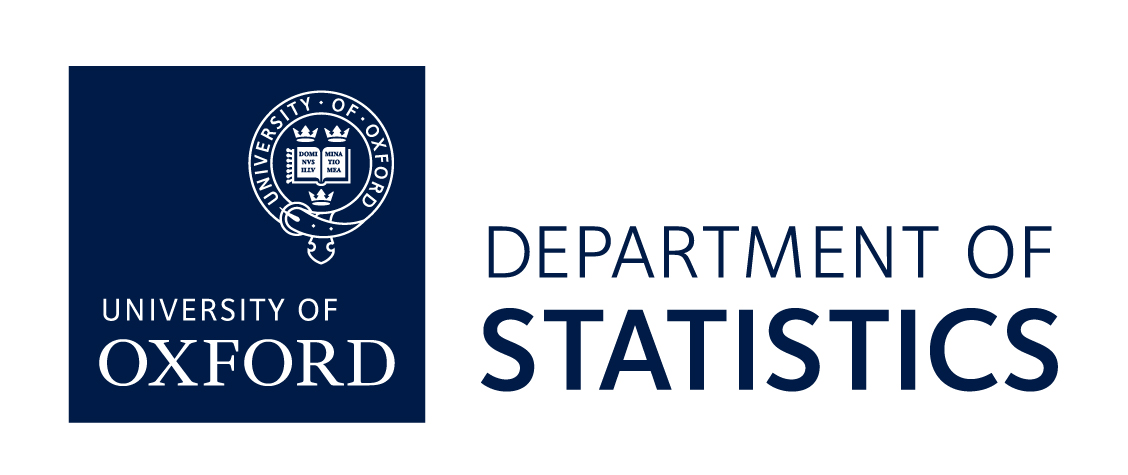Statistical Genetics and Epidemiology
The group carries out a broad range of computational biology research including Genetics, Genomics and Epidemiology. The research is both theoretical and applied, generating both new methods and genetic and epidemiological insights as well as computational tools and software. In Statistical Genetics we work to identify how mutations drive variability among people in health and disease risk, to understand the history of our and other species, and to understand the forces that have shaped evolution across the tree of life, whilst in Epidemiology we work to gain robust insights into the transmission and control of outbreaks, epidemics and pandemics of infectious diseases including COVID-19, Ebola, H1N1 influenza, MERS, rabies, dengue and Zika.
Within the University of Oxford, we have close links to the Wellcome Centre for Human Genetics, the Pandemic Sciences Institute and the Big Data Institute. Members of the group have played central roles in some of the most important international collaborative projects in human genetics such as the HapMap Project, the Wellcome Trust Case-Control Consortium, the 1000 Genomes Project, the People of the British Isles Project, the Haplotype Reference Consortium, UK Biobank and the 100,000 Genomes Project. Others have worked collaboratively with the World Health Organization.
Join us for doctoral study
Our research group is truly collaborative. Most epidemiology students are jointly supervised by someone based elsewhere (including other University of Oxford departments such as Biology, the Nuffield Department of Medicine and the Mathematical Institute) or other organizations (including the World Health Organization, the Zoological Society London, the UKHSA, the University of Liverpool and Liverpool School of Hygiene and Tropical Medicine). We currently have around 20 research students.
Take a look at our research, and if you're interested, get in contact.
Working in a group with such a wide range of interconnected research, from examining the social implications of public health policy to proving mathematical properties of epidemiological models, provides a great opportunity for learning and collaboration.
Matthew Penn, DPhil Student

